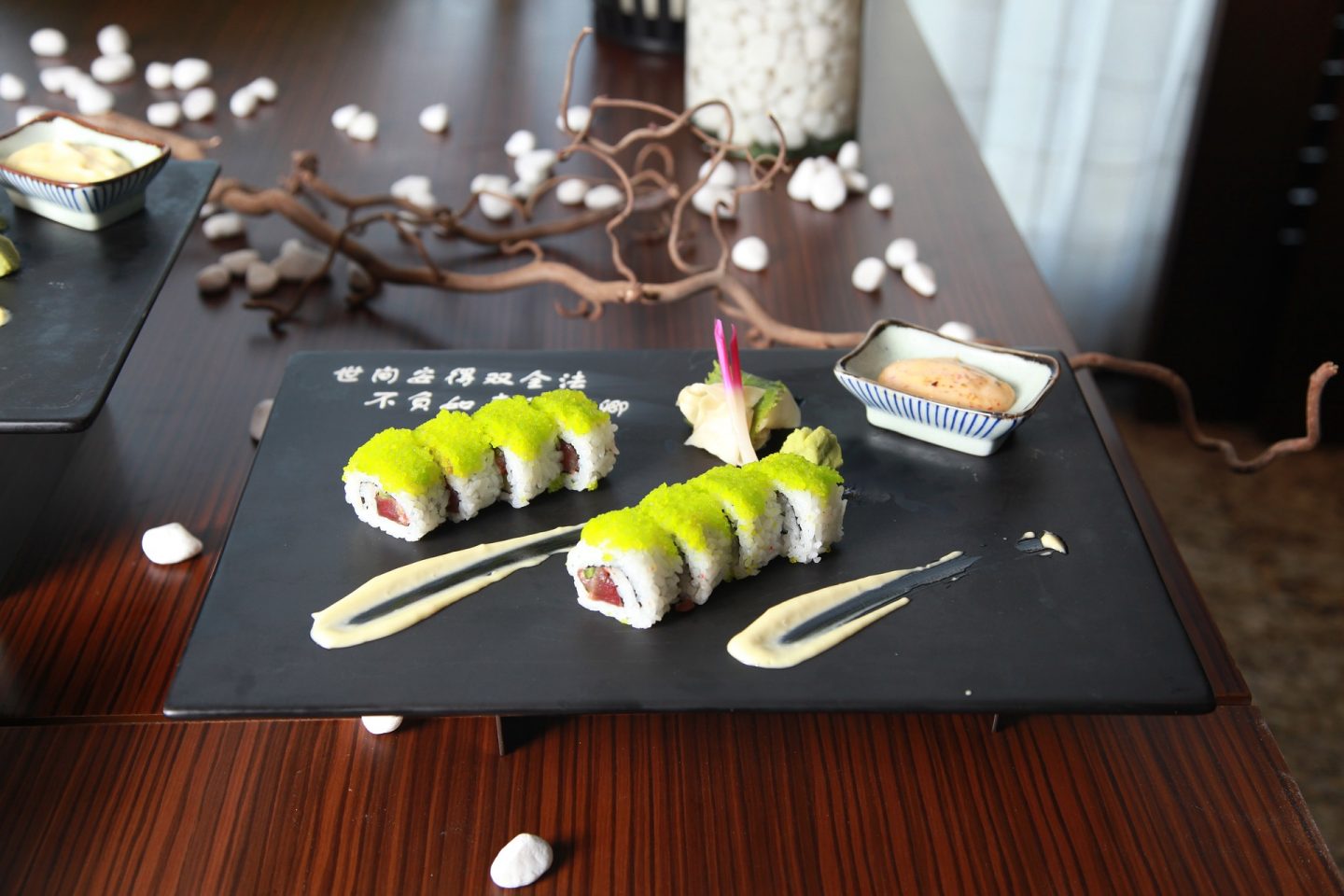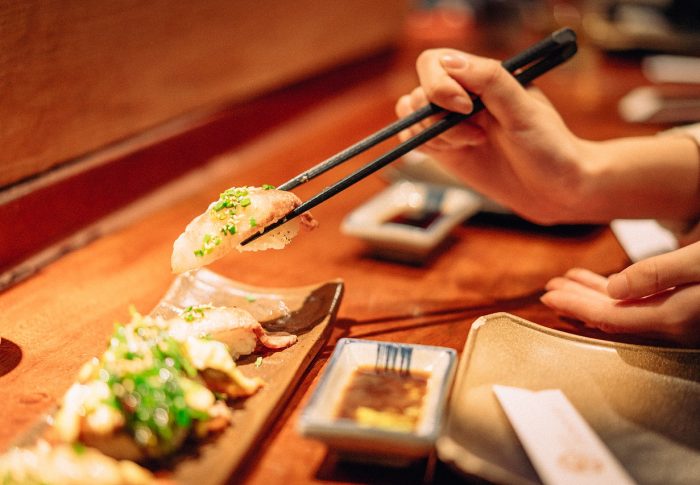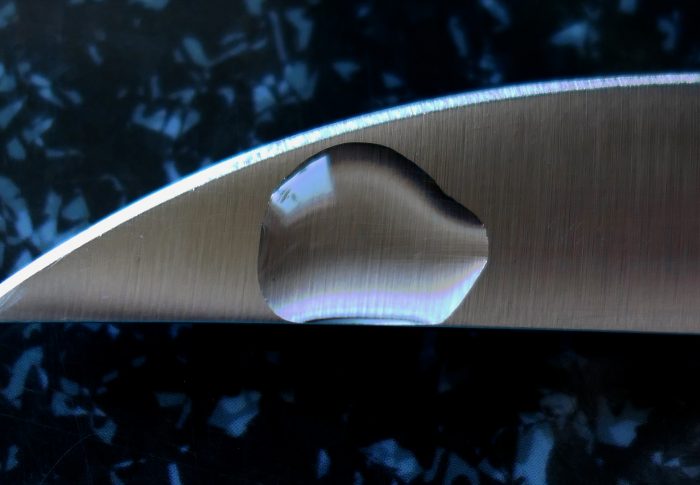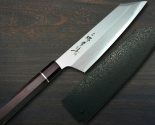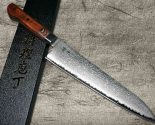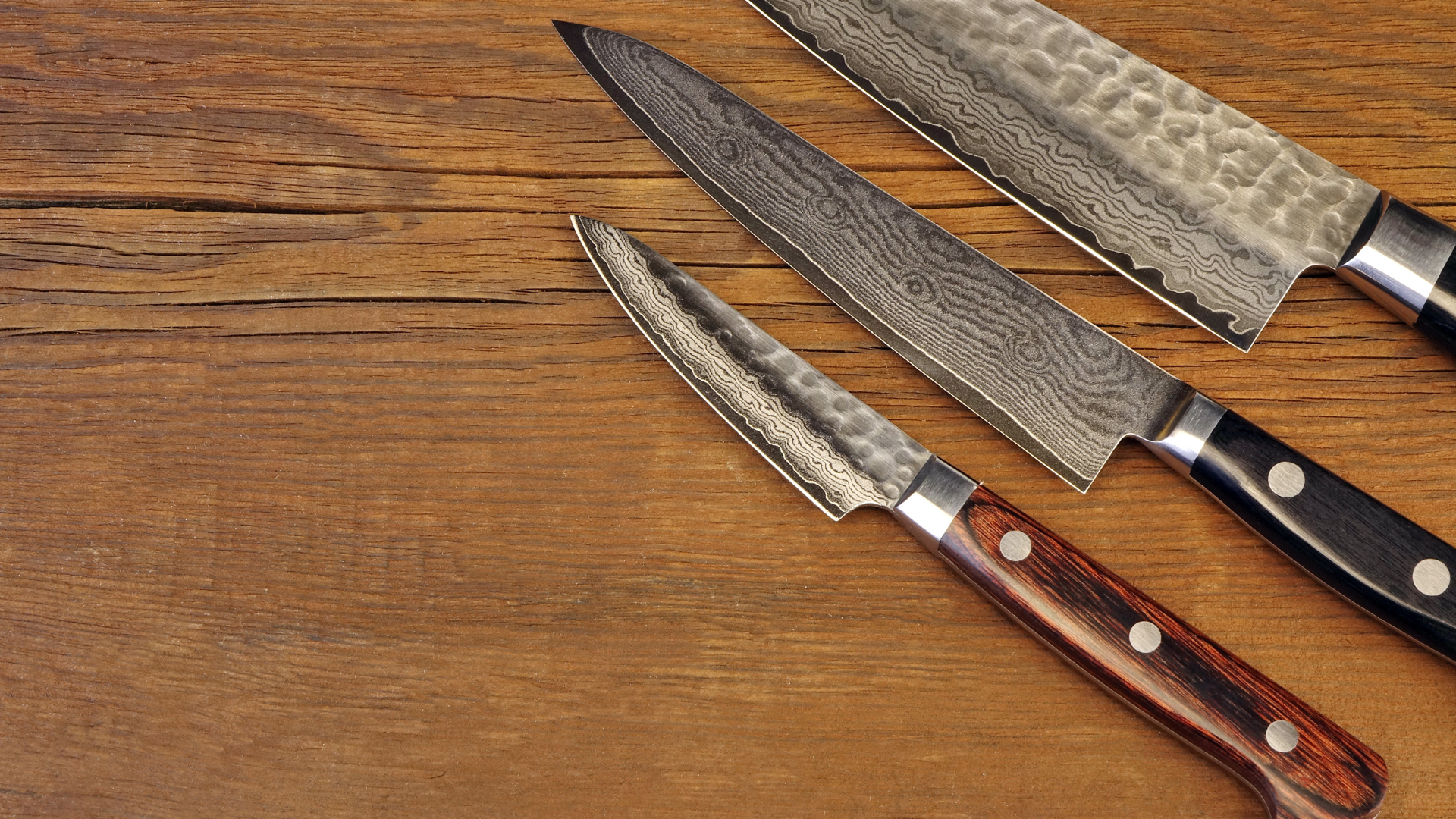
Why Japanese Knives?
Japanese food is loved for its intricacy – the delicacy that proves it to be the strongest rival among the top most-loved cuisine of the world. Its subtle blends of a variety of flavors coming from numerous ingredient choices and selections not only make gourmets and diners swoon over the satisfactory tastes that linger on the tastebuds, but the Japanese food aesthetics are proved to be such a successful content for food blogs and the social media. What makes Japanese food popular and so renowned for, is mainly the tastes of divine finale bliss, but the intricate food preparation processes and the skills of the blades are what truly pushes forward the fame Japanese delicacies deserve in the culinary industry. However, is it really a must to only use professional Japanese knives for the crafting of Japanese delicacies?
Well, Japanese knives are known to have distinct features that differentiate them from other kitchen knives in general. Due to complicated processes in knife forging, a Japanese knife owns an intricate body structure. Made out of fine materials, only some are selected to strengthen the blade body and at the same time, perform a variety of techniques needed to craft Japanese delicacies like sushi and sashimi. To be blunt, Japanese knives are different from the common kitchen knives used for general food preparation processes. A Japanese knife is made out of extremely hard steel, forged to perform a wide variety of traditional techniques required to craft mouth-watering signature dishes that own authenticity and their very own unique, original flavors.
The essential techniques like fish filleting are highly significant when it comes to sushi and sashimi dishes. Using a general kitchen knife to directly slice through various meat selections may not give us the best aesthetics and may even alter the desired tastes. Due to the special build of these Japanese blades, filleting, slicing, cutting, chopping, mincing, and even boning can be done professionally to achieve the desired outcome and avoid ruining the finest flavors that can result from the wrong use of equipment. Thus, Japanese food chefs are always in the search for a variety of Japanese knife types to perform the traditional techniques vital in the crafting of unique and delicate Japanese dishes.
Hard Steels
Japanese knives are first of all, forged out of extremely hard, fine-quality steels. High prime carbon, Aoko blue steel, Super Gold steel, White steel, and Damascus are some of the steels used in the forging of high-end, professional Japanese knives. These hard steels are used in the forging process to ensure that the knife will be able to handle intricate processes which may include cutting through dense, hard ingredients. Resistant to stains, Japanese knives are designed to work through all processes without fear of the unknown. Plus, Japanese knives also have razor-sharp edges with excellent retention, making the blades durable and long-lasting. Furthermore, as the shapes of the blades vary with the knife type and the steels used – some will be longer, while some will be bulkier and shorter to meet specific needs.
Fine-quality Materials
Most Japanese knives are made out of supreme quality hard steels, but their handles too, are made out of superb-quality materials. Magnolia wood, Mahogany wood, wenge, quality resin, Oak wood, and Japanese Zelkova are some of the widely-used handle materials loved by culinary professionals. Some knives also come with bolsters, while some may come along with ‘Saya’ or sheaths for knife protection.
As there are specific, distinct features, Japanese knives are loved by Japanese food lovers and culinary experts. The intricate blade builds, the exceptional capabilities, and the blade designs made Japanese knives just the ‘best’ choice for the crafting of Japanese delicacies.
